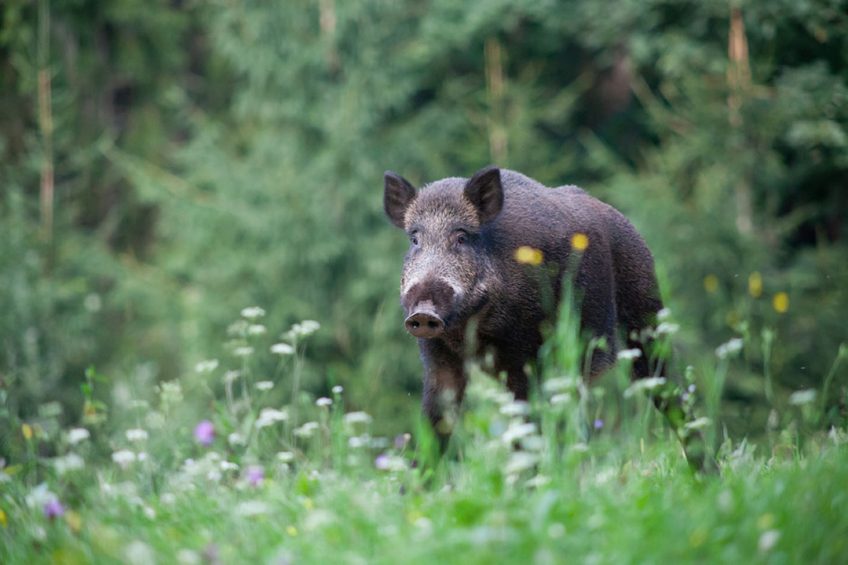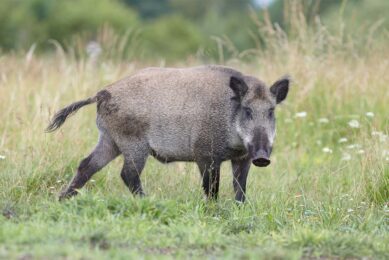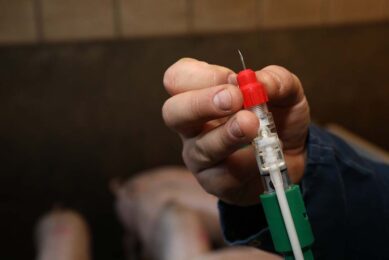ASF Poland: Why the virus can roam freely in Western Poland

As African Swine Fever continues to create more victims in wild boar and domestic pigs alike in Western Poland, the question rises why the virus seems to be able to roam freely in the West. There are several reasons.
At the moment, the outbreak locations in Western Poland alone number 678. This has led to the deaths of at least 1,380 wild boar, spread over 3 provinces in the west of the country: Lubusz, Greater Poland and Lower Silesia. The virus has found its way to 1 breeding farm in Lubusz province and 1 finishing farm in Greater Poland.
1st case of ASF in Western Poland in November
The 1st case of African Swine Fever in wild boar in Western Poland dates back to November 2019. The buffer zone around the infected areas has since grown to almost 200 km in Western Poland alone. On top of that, the closest location to the German border is just over 10 km. Currently, ASF seems to be spreading mostly into the north eastern direction, away from the border with Germany and into Greater Poland, the heart of the Polish pig industry.
What complicates ASF control in Poland?
The German swine magazine SUS recently compiled an analysis of why ASF control in Western Poland has proved to be such a complex matter. There is a number of reasons.
- The responsibility for hunting as well as forestry is partially public and partially private. There is a relatively high degree of self-government. Hunting is done from a commercial point of view and not for prevention reasons. Wild boar hunting is often done by foreigners.
- The infected area in Western Poland is vast, it currently measures about 2 million hectares.
- With a multitude of large woods, Western Poland can be called a pleasure ground for wild boar. Whether they are dead or alive, it is a difficult task to track them down.
- Because of a relatively mild winter and hence an abundance of food, the wild boar population has grown strongly. Reproduction rates of up to 250% have been stated. That means that 100 wild boar could become 350 the next year, without hunting.
- The wild boar density is already quite high in Western Poland, with about 1.5 animals per km2.
Hunting is not profitable
The main problem, however, is that hunting in the control zones is not profitable, hence it is not happening. Sales opportunities for wild boar meat are very restricted, leading to a price which has dropped from € 1 to lower than € 0.30/kg.
On top of that, each killed wild boar will have to be moved to a cold storage facility for an ASF test. There is, however, a lack of cold storage facilities, which in practice means that hunters will have to travel 50 km to reach one. Add to that a lot of paperwork and a picture emerges that there is not much motivation left to go out hunting for wild boar.

Track the movement of African Swine Fever
For everything you need to know about ASF, from the latest outbreaks to controls stay up to-date…
 Beheer
Beheer








 WP Admin
WP Admin  Bewerk bericht
Bewerk bericht